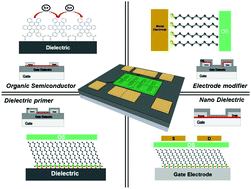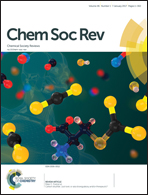Self-assembled monolayers in organic electronics
Abstract
Self-assembly is possibly the most effective and versatile strategy for surface functionalization. Self-assembled monolayers (SAMs) can be formed on (semi-)conductor and dielectric surfaces, and have been used in a variety of technological applications. This work aims to review the strategy behind the design and use of self-assembled monolayers in organic electronics, discuss the mechanism of interaction of SAMs in a microscopic device, and highlight the applications emerging from the integration of SAMs in an organic device. The possibility of performing surface chemistry tailoring with SAMs constitutes a versatile approach towards the tuning of the electronic and morphological properties of the interfaces relevant to the response of an organic electronic device. Functionalisation with SAMs is important not only for imparting stability to the device or enhancing its performance, as sought at the early stages of development of this field. SAM-functionalised organic devices give rise to completely new types of behavior that open unprecedented applications, such as ultra-sensitive label-free biosensors and SAM/organic transistors that can be used as robust experimental gauges for studying charge tunneling across SAMs.



 Please wait while we load your content...
Please wait while we load your content...